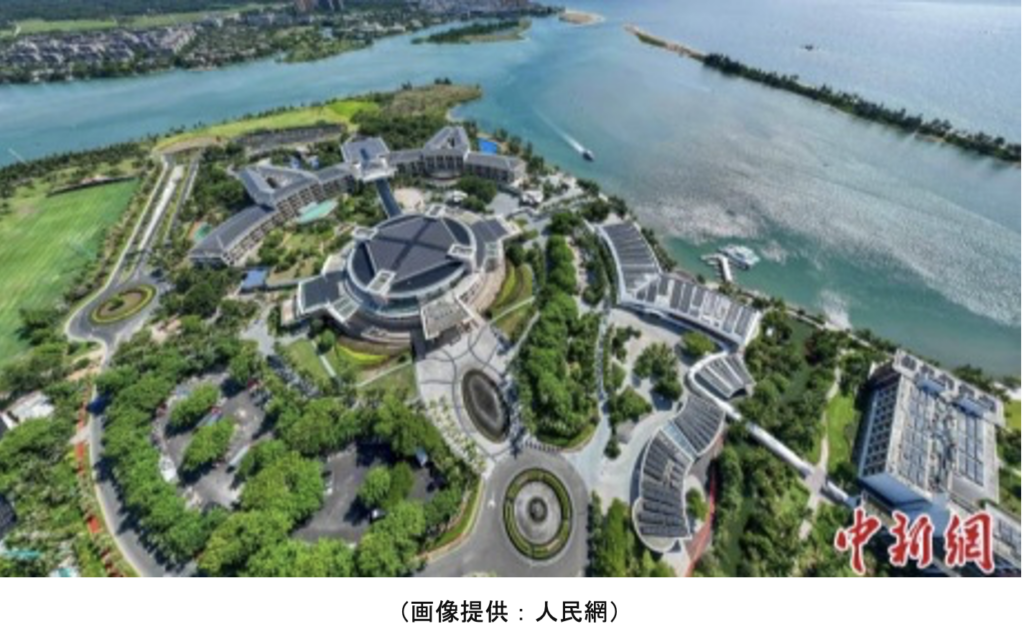http://j.people.com.cn/n3/2025/0212/c95952-20275705.html
Boao Town, Qionghai City, Hainan Province, China, is known as the host city of the Boao Forum for Asia. In recent years it has been attracting attention for the construction of the Boao Near Zero Carbon Model Area. China News reported.
The Boao Near Zero Carbon Model Area is the first project in China to receive the “Zero Carbon Operation Area Certification” from the German Energy Agency (DENA), and is also a green and low-carbon model project jointly promoted by the Ministry of Housing and Urban-Rural Development of China and Hainan Province. The core area is located on Dongyu Island in Boao Town, with a total area of about 1.8 square kilometers. It promotes the construction of a low-carbon city through technological innovation and the greening of buildings.
The large display in the operation and management center of the model area visualizes the greening results through Internet of Things (IoT) technology and digital twin technology. According to Liu Hongwen, an engineer at the Zero Carbon Digital Technology Innovation Department of COSCO Shipping Boao Co., Ltd., the carbon emissions of the model area have decreased from 14,400 tons in 2019 to 470 tons in 2023, a reduction of 96.2%. The remaining 3.8% carbon emissions led to the word ‘near’ in the model area’s name. These emissions mainly come from non-zero carbon sources such as maintenance equipment and fossil fuel vehicles entering the island. “Near zero is not zero, but it reflects an important transition stage. Through efficient energy management and carbon emission reduction measures, the model area is getting closer to the zero carbon goal.”
The low-carbon goal of the Boao near-zero carbon demonstration area has been achieved through the accumulation of innovation. The demonstration area adheres to the concept of “natural environment, zero carbon area, resource circulation, and smart operation,” and is trying to build an “eight-in-one” area carbon reduction structure that combines the use of renewable energy, green buildings, green transportation, construction of a new power system, material recycling, water resource recycling, ecological garden landscape, and smart operation.
The transition to zero carbon does not only involve reducing or avoiding carbon emissions, but also involves increasing carbon sinks that fix carbon. Landscaping is an important carbon sink space in cities, which can regulate the climate, save water resources, reduce pollution, and indirectly lower carbon emission levels. Most of the local low-carbon green space construction on Dongyu Island adopts local vegetation and tree species from Hainan Island and builds high-carbon sink plant communities through a “mixed species” cultivation model.
Systematic restoration of mangrove wetlands has also been carried out in Qionghai City. By utilizing conservation pipes and natural tides, an ecological connection between Lemei Lake and Wanquan River has been achieved, improving the water quality of the inner lake. The floating islands have also been properly protected, forming a wetland structure with dynamic changes between forests, beaches, ditches and lakes. This provides good habitats for a variety of organisms, including birds, fish and crabs, and has established a complete mangrove “biological chain.” The hotel uses green electricity for lighting and hot water, and restaurants do not cook over open flames. Even in the conference center, the air conditioning and sound systems are all powered by solar power, allowing visitors to unknowingly experience the comfort and convenience of a low-carbon lifestyle.


